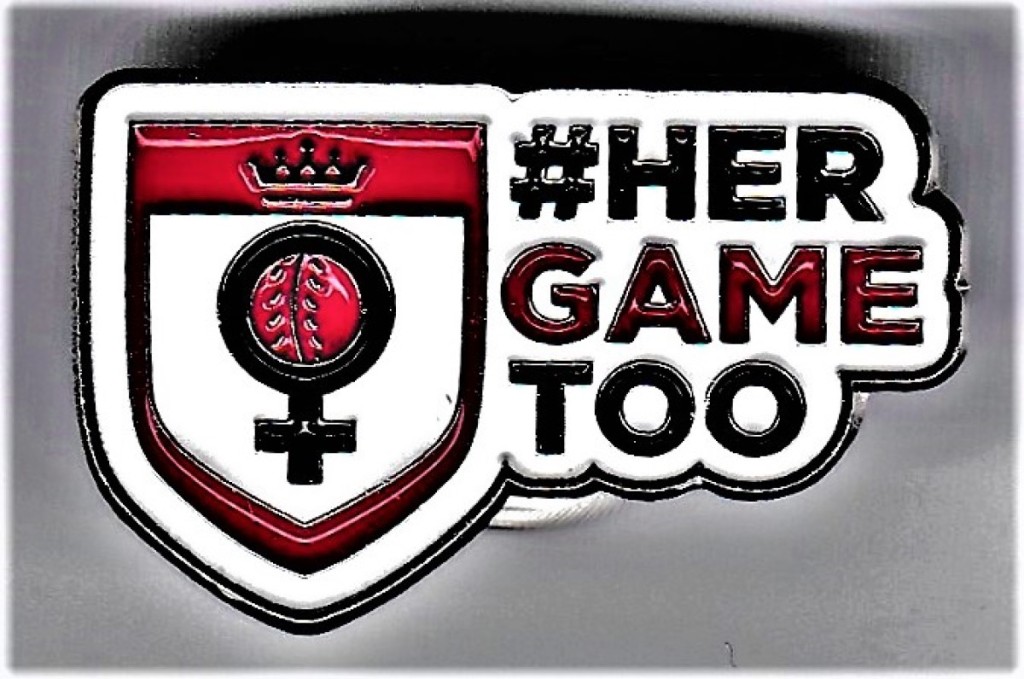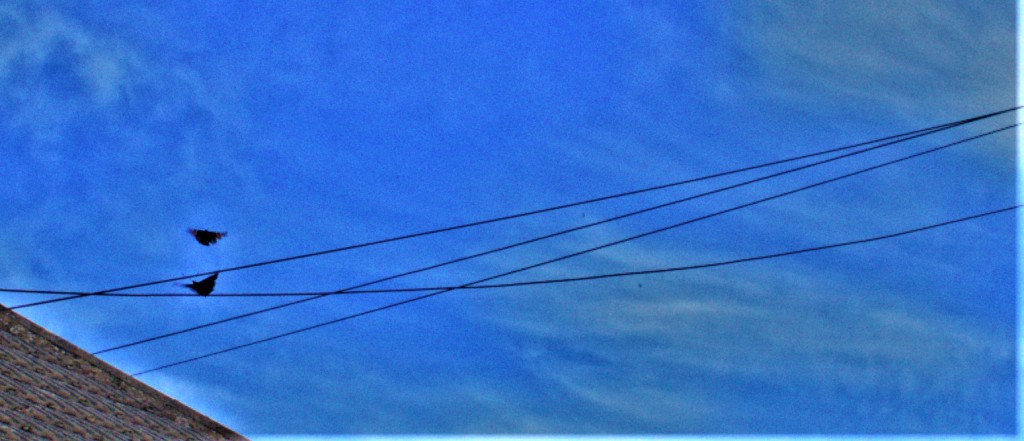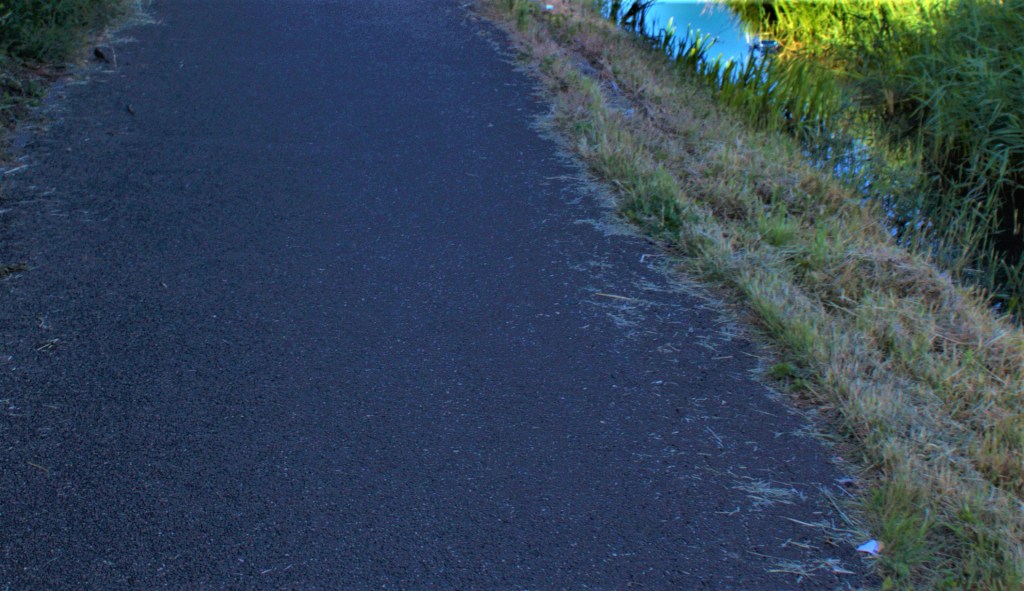I am revisiting the theme of All Time XIs. This time I am focussing on teams that can be composed with players whose surnames all begin with the same letter. I begin at the beginning with the letter A.
THE XI IN BATTING ORDER
- Bobby Abel – Surrey and England. The diminutive opener scored 74 first class centuries with a best of 357* v Somerset at Taunton. He was the first England batter to carry his bat through a completed test innings, scoring 132* on that occasion. He was also a fine fielder.
- Saeed Anwar – Pakistan. A superb left handed stroke maker, an excellent counterpart to Abel at the top of the order.
- Babar Azam – Pakistan. One of the best all format batters in the world at the moment.
- Zaheer Abbas – Gloucestershire and Pakistan. The only Asian to have scored 100+ FC hundreds, a roll of honour that includes scores of 274 and 240 vs England in test matches and eight instances of a century in each innings of an FC match, including four where one of the centuries was a double.
- Mohammad Azharruddin – India. A wristy middle order batter who did enough before his career ended in scandalous circumstances (match fixing and other dealings with dodgy bookies) to earn his place in this XI. He announced himself with centuries in each of his first three test matches, and at his peak dominated attacks all around the world.
- *Shakib Al-Hasan – Bangladesh. Has an amazing all round record and has achieved it without ever having what could be described as a stellar supporting cast around him
- +Leslie Ames – Kent and England. The only recognized keeper to have scored 100FC hundreds. Also holds the record for career stumpings in FC cricket (418). Won the Lawrence Trophy for the fastest hundred of the season twice in its first three seasons. Three of the four instances of the ‘wicket keepers double’ – 1,000 runs and 100 dismissals in FC cricket in a single season – were achieved by him.
- Wasim Akram – Lancashire and Pakistan. Among left arm fast bowlers who bat only Alan Davidson of Australia, who played many fewer matches, boasts a test record to rival him.
- R Ashwin – India. The best off spinner of the current era, and a handy lower order batter. It is a fair bet that England’s exhilarating run chase at Edgbaston would have been harder work had India picked him rather than Thakur for the number eight slot in their team.
- Curtly Ambrose – Northamptonshire and West Indies. The list of bowlers with over 400 test wickets at under 21 a piece currently stands at one: Curtly Elconn Lynwall Ambrose. He rocked the WACA in Perth in 1998 by claiming seven Australian wickets for one run in a spell of 33 balls. Australia having reached 100 only one wicket down were all out for 118. At Trinidad in 1994 England need 194 in the last innings to win, with an awkward hour and a bit to survive in murky light on the penultimate day as their first task. By the end of that short session England were 40-8, and although bad batting played its part, so to did an immaculate spell of bowling by Ambrose.
- James Anderson – Lancashire and England. More test wickets than any other pace bowler, and nor is there any obvious sign of his powers waning as his 40th birthday approaches.
This XI has a heavy scoring top five, a genuine all rounder at six, an all time great keeper batter at seven and a quite awesome quartet of bowlers, two of whom can certainly also bat. While the bowling attack is missing a leg spin option it is by any standards both powerful and varied, with left arm pace (Akram), two of the greatest right arm fast mediums of all time, who are different in methods to boot (Ambrose, relying on his immense height and unrelenting accuracy, and Anderson with his mastery of swing and seam). This trio is backed up by a pair of contrasting spinners (Ashwin, off spin, and Al-Hasan, left arm orthodox spin). The biggest decision is likely to which of Anderson or Ambrose gets to share the new ball with Akram.
HONOURABLE MENTIONS
Mike Atherton was close to claiming an opening slot and Dennis Amiss even closer, but I feel credit should be given to Abel for the fact that most of his runs were scored in the 19th century when pitches were often treacherous, and in the case of Amiss also feel that his decision to join a rebel tour of apartheid South Africa counts against him. Two top order batters who could bowl seam up both entered my thoughts: Mohinder Amarnath and Tom Abell. Russel Arnold of Sri Lanka came close. Among the quicks I could not accommodate were Kyle Abbott (Hampshire and South Africa) and Mohammad Abbas (Hampshire and Pakistan). Sri Lankan strokemaker Charith Asalanka may merit a place in few years time. Tommy Andrews, an Aussie middle order batter and ace close fielder of yesteryear was another who could not force his way into the middle order. West Indian left hander Keith Arthurton needed a bit more substance to go with his style to claim a place. Finally, although anyone capable of scoring 167 on the kind of pitches that existed in 1777 as James Aylward of Hambledon did must have been a very fine player, but I felt that there was just too little evidence to justify such a selection.
PHOTOGRAPHS
My usual sign off…

























































